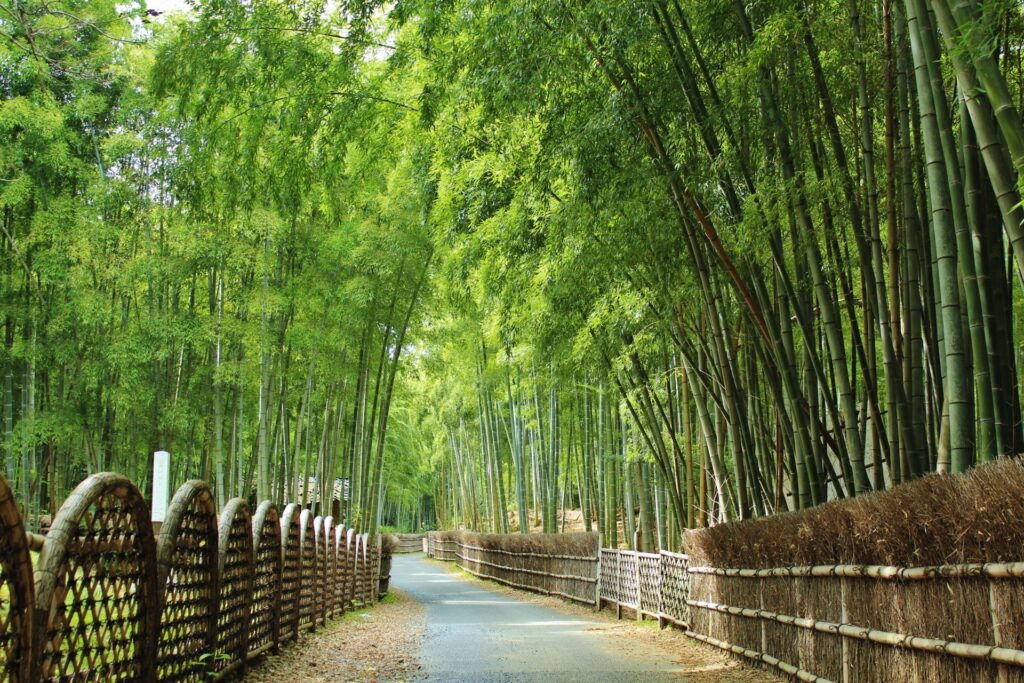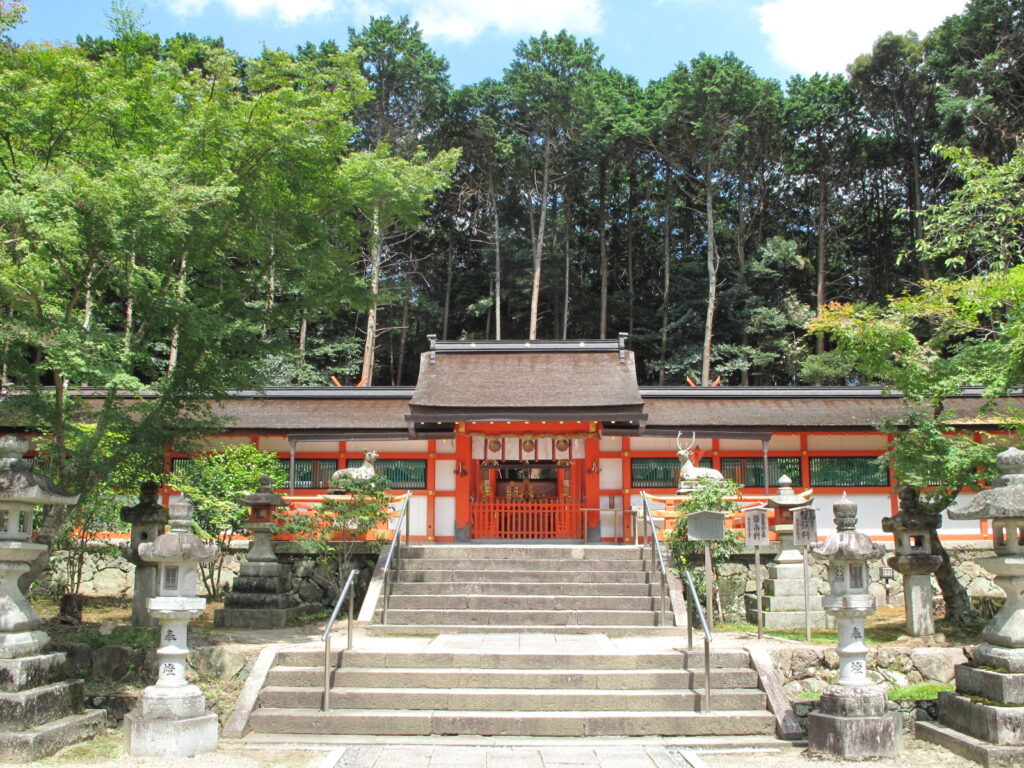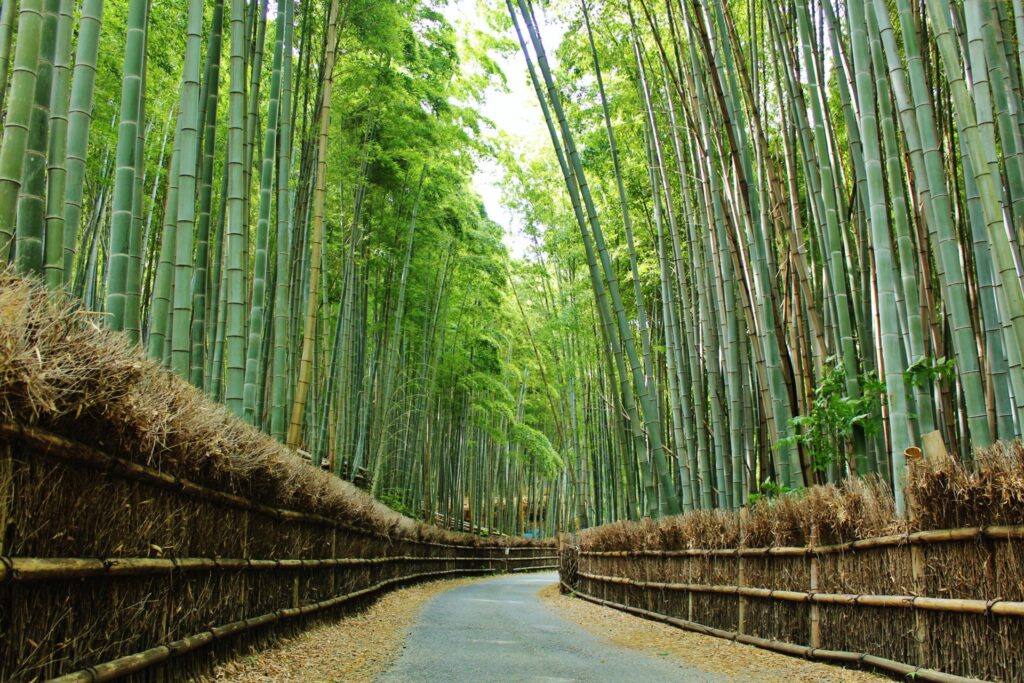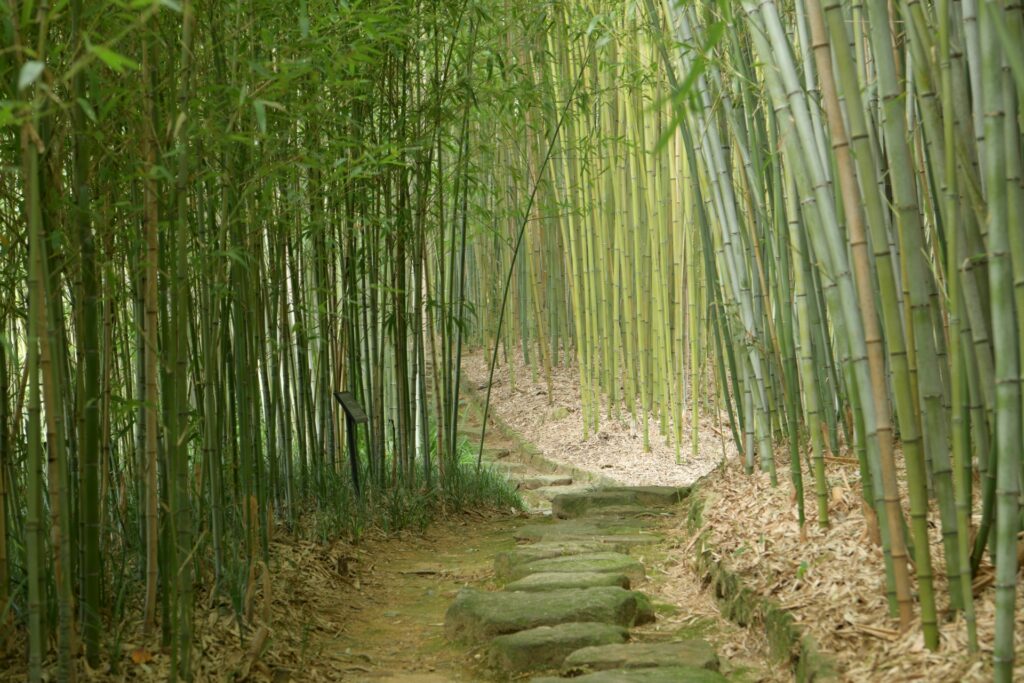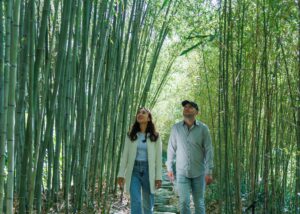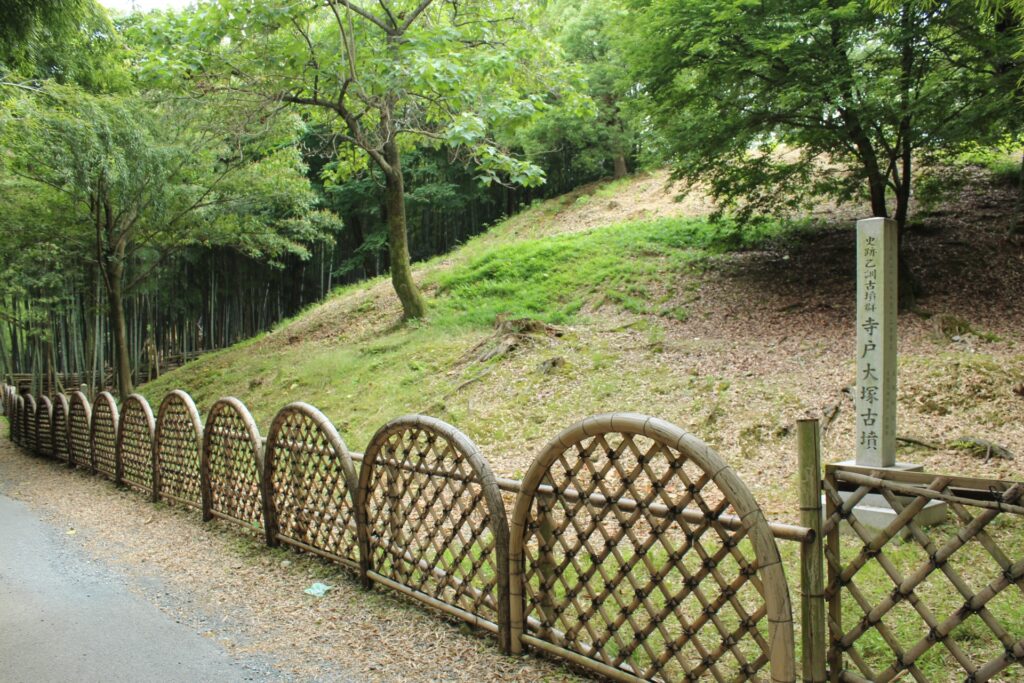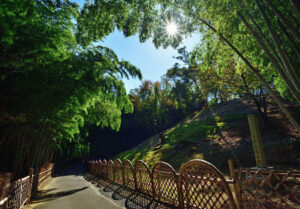While Japan’s impressive high-speed bullet trains make intercity travel a breeze, what better way to explore a local area than to slow the pace down and take a leisurely cycle? With this cycling route through Kyoto’s beautiful Otokuni Bamboo Grove area on the west side of the city, you can get a feel for daily life in Japan’s cultural capital, explore an enchanting bamboo grove and hop between ancient temples, shrines and other unmissable gems.
The total route is around 17km (10.5 miles) and will take about 1 hour in total to cycle. However, there are so many sights to see along the way that you’ll want to give yourself plenty of time to explore, so this route makes for a perfect day trip. Hydrate with water at one of the many vending machines you’ll pass along the way, and the route also passes by some excellent local restaurants and cozy cafes where everyone from couples to families are welcome to relax and refuel.
To make it even easier to follow this route, here’s a map with all the points marked out.
